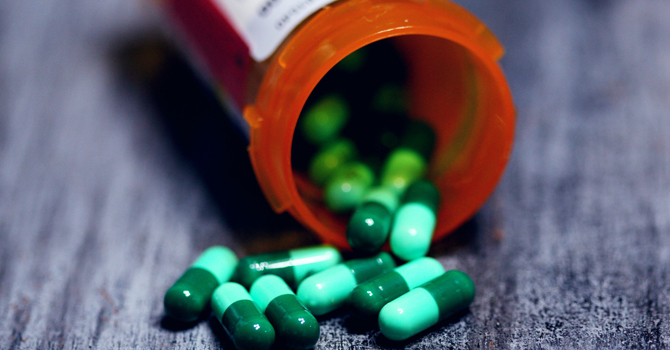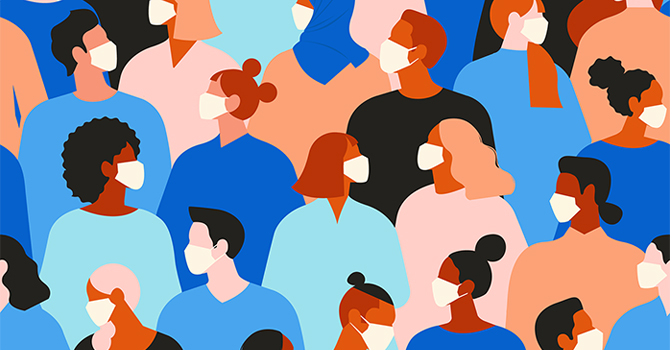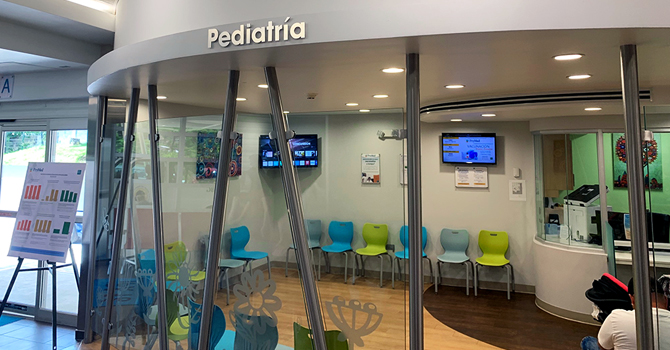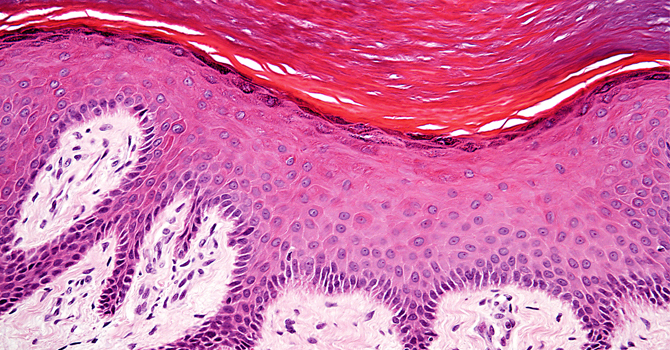
Antibiotic Use during Pregnancy: Too Much of a Good Thing?
Lixin Zhang, PhD ’99
The discovery and use of antibiotics is one of public health’s great achievements, but antibiotic use is not without its problems. At therapeutic doses, antibiotics exert a strong selection pressure on the microbial community. When antibiotics interact with an infant’s developing microbiome, they can affect gut health and with it the child’s health for years to come.





